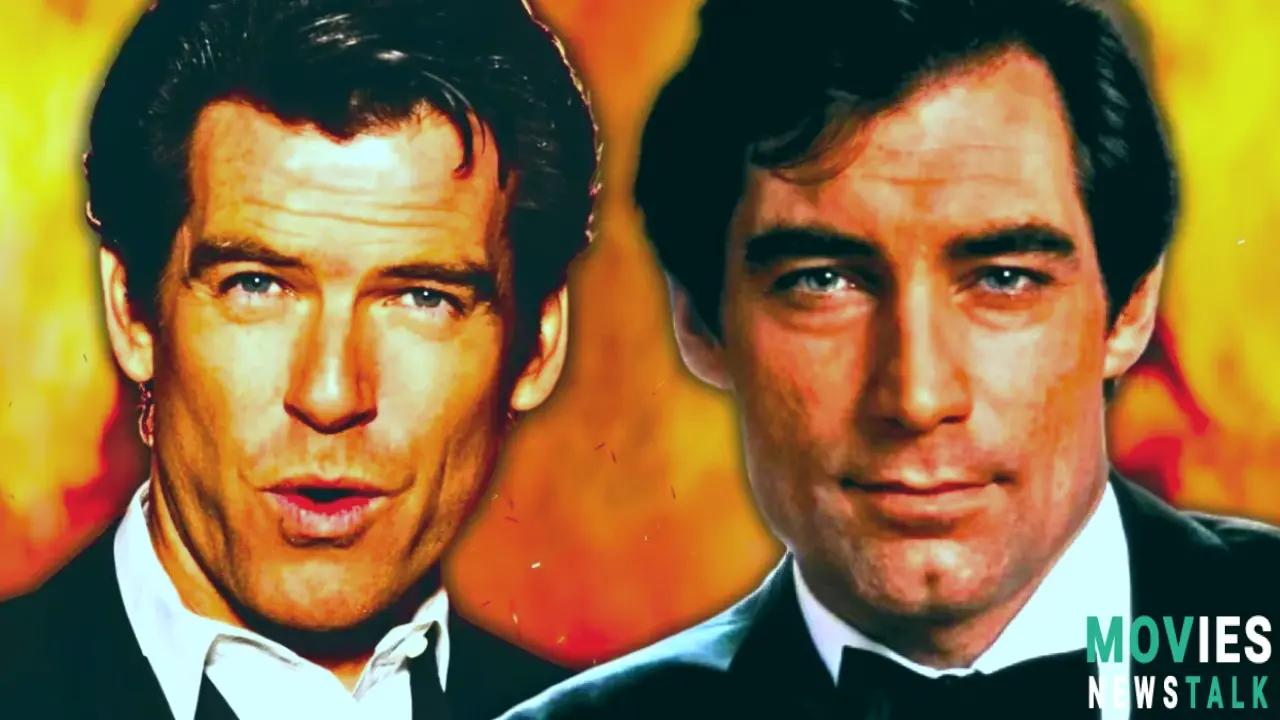James Bond Unmade: Death's Reunion
For decades, the James Bond series enthralls viewers with its exciting action, recognizable characters, and worldwide adventures. Although 27 movies have come out, there have been some unrealized ideas that might have drastically changed the direction of the series. Reunion with Death was one of such films meant to be a Timothy Dalton Bond production. The narrative behind this unmade film is intriguing even though it never made it on screen.
Timothy Dalton's Unfulfilled Bond Trilogy
Fourth actor to play James Bond, Timothy Dalton starred in License to Kill (1989) and The Living Daylights (1987). He gave the character a darker, more somber attitude than Roger Moore's lighter approach. Dalton first was supposed to star in a third Bond movie, GoldenEye (1995). Plans, meanwhile, were already under way for a fourth movie called Reunion with Death. Dalton would have stayed Bond for the entire 1990s, with Reunion with Death releasing in the middle to late 1990s.
Plot and premise; reunion with death
Reunion with Death tells the tale around the murder of M's close friend, Sir Robert Grey. Bond's research brings him to the Yakuza, the potent syndicated crime group from Japan. Approaching the company, he meets the mob boss Yasuhiro Nakasone and his seductive wife, Michiko, who turns into a Bond girl. Bond brings down Nakasone after learning of his evil scheme to kill Grey in order for personal benefit, but not without sad results. Michiko passes away in the course, leaving Bond with a mix of loss and hope.
Links to Iconic Bond Movies
Reunion with Death would have spun strands linking it to the wider Bond universe, despite its original story. The movie would have looked at a cooperation between Bond and Tiger Tanaka, the head of the Japanese Secret Service, a character first presented in You Only Live Twice (1967). This link would have underlined even more Bond's missions' worldwide reach and interdependence.
Another Bond for the 1990s
Reunion with Death aimed to deviate from the lighter, more humorous approach that had predominated the series in the 1970s and 1980s. It would have carried on Dalton's darker, more morally dubious view of Bond. For the franchise, this would have been a dramatic change in tone and a possible forerunner of the more gritty, morally dubious Bond Daniel Craig presents in the twenty-first century. It would also have raised M's importance, so giving the character a more central and vital part inside the narrative.
Why Reunion With Death Never Happered?
Reunion with Death never came to pass mostly because Timothy Dalton left the part. Dalton said he wanted to only do one more Bond movie following License to Kill. He turned down GoldenEye, which resulted in Pierce Brosnan filling in. Dalton's choice finally virtually killed ideas for Reunion with Death. Notably, Albert R. Broccoli left the production company Eon Productions, which had also experienced changes around GoldenEye's release. This could have affected the choice to forward the franchise in a different direction.
What Would Have Been
Had Reunion with Death been produced, the James Bond series would have suffered greatly. Timothy Dalton could have carried on his sinister and brooding portrayal of the character, so influencing the future direction of the franchise. The movie might have even stopped Pierce Brosnan from ever assuming the part, or replaced other Bond movies like Tomorrow Never Dies (1997) or The World Is Not Enough (1999). Though it's impossible to know exactly how the franchise would have developed, Reunion with Death would have most definitely been a significant addition.
Legacy of an Unmade Film
Reunion with Death reminds Bond viewers of the intricate forces influencing movie franchises even though it is still a dream unmet. The narrative of the movie emphasizes the possibility for unanticipated turns and different routes that might have followed. Reunion with Death fascinates and inspires conjecture about what might have been even though it never made it to the big screen. It reminds us that fate can turn even the most famous series in any direction. The narrative of Reunion with Death offers a remarkable window into a possible road not chosen as the Bond series develops.

